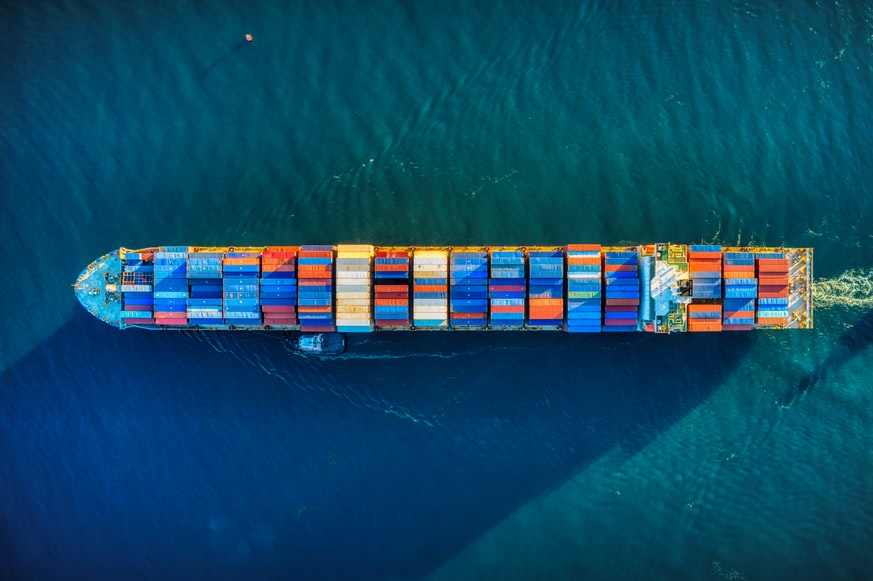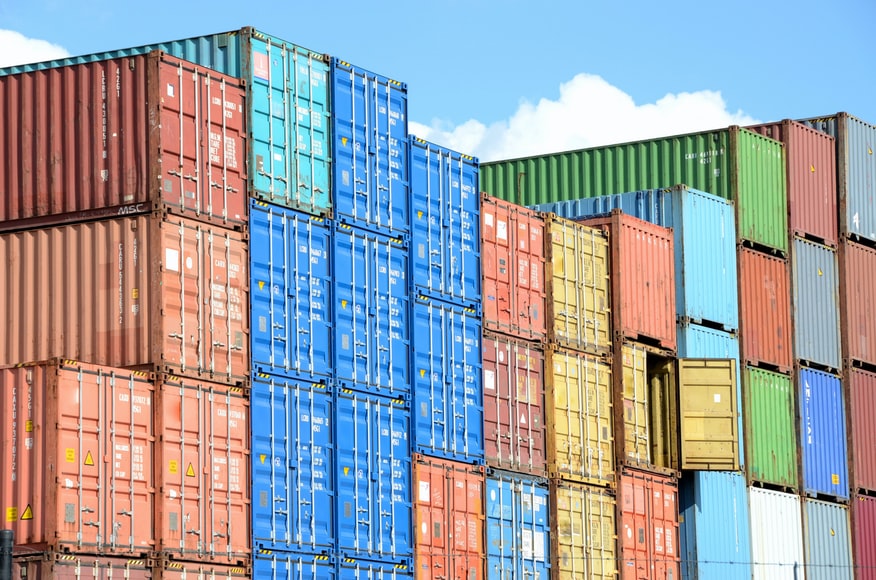Shipping freight has become an integral part of international trade. It provides the transport of goods to locations where they are needed for manufacturing, sale or storage, and to their final destination for consumption. These goods can include raw materials that require processing into finished products, or finished products that are to be sold or otherwise used. Here's an easy guide to understanding how it works.
Shipping
This is the most common method of transporting freight. These are big metal boxes on ships, trucks, or railway carriages that are used to transport goods abroad. They are pre-packed with different types of cargo in dedicated holding areas, which allows for easier loading while at sea and faster delivery upon arrival.
After they have been filled with the appropriate items, they are fastened tightly to a ship or rail car. This ensures that containers will not crash into each other upon transport and protects them from harsh weather conditions at sea. Once the cargo has been delivered, they are unlocked and sent to be unloaded by a crane, or at a depot where cargo is sorted prior to being delivered to customers.
Most are between 20 and 40 feet long, 8 feet high, and either 8 or 10 feet wide, but the size of the box may vary depending on its contents. These dimensions allow for just about anything that can be packed into boxes to fit inside them, including cars, construction materials, trees, and even houses.
The Regulations of Shipping Freight
To ensure safe transportation of goods, ships are required to obey numerous regulations. This includes the use of transponders on board to monitor their location at all times. Another is that security equipment must be used whenever there is a risk of piracy or terrorist attack in an area where they are traveling. Ships must also form convoys at specific points on certain routes, as these are considered to be dangerous areas. Ships that are deemed unsafe or too slow for the intended voyage may not leave port.

Rail
Freight that is transported by rail has to be loaded onto train cars. These are then pulled by locomotives until they arrive at their final destination. The cars need to be loaded evenly and securely, as this prevents them from moving around while the train is in motion.
The Regulations of Railway Freight Transportation
Railway companies are required to follow the same regulations as maritime transport so that goods can be safely transported. Regulations govern other aspects of railway freight transportation, including how many cars are permitted on a train and the maximum load they can carry at any given time.
Also, carloads are categorized based on their contents. Those used to transport hazardous materials are given special attention, as these substances can pose a health risk if they were to spill or leak.
It's important to note that railways enjoy many advantages over roads and waterways for transporting freight, including that they can handle traffic disruptions much more easily than roadways due to their fewer physical constraints. However, it is also more expensive to build and maintain than roadways, which is why railways are used primarily for long-distance transportation while roads remain the transport of choice for shorter distances.
Air
Airfreight is one of the most common methods used to transport goods. Cargo that needs to be shipped from point A to point B as soon as possible will generally have its costs determined by how quickly it can be transported, with air freight being the priciest option for this service.
This form of transportation requires a lot of documentation and strict requirements before the goods are loaded onto an aircraft. For example, all of the cargo has to be properly packed and secured so that it will not move around or fall out of the plane.
The Regulations for Air Freight Transportation
Once again, security is a primary concern. Cargo onboard an airplane must be carefully monitored at all times via monitoring tools that are often attached to the outside of the plane. This way, if there is any movement, staff will be alerted to it immediately so they can take action before anything serious happens. Cargo must also only be loaded when necessary and after it has been properly inspected for any safety concerns or hazardous materials. If a shipment contains flammable goods, it will have to be segregated from other cargo in the plane.
Road
Road transport is the second most popular method used for freight transportation, especially for shorter distances. Trucks are specially made to carry heavy loads over large distances, which makes them appropriate for transporting goods that are too heavy or bulky to fit inside standard-sized cars.
The Regulations of Road Freight Transportation
Just like with railways and airplanes, this requires that trucks be properly loaded so that they are balanced and not at risk of tipping over or spilling their contents. When roads are wet, trucks must decrease their speed significantly to avoid creating slick conditions on the road, which could cause a serious accident.
The regulations also lay out specific guidelines that must be met before a truck driver is allowed to take their vehicle onto the road. These include passing a medical exam and securing a commercial driver's license, as well as ensuring that the truck has been properly maintained at all times and will not pose a risk to other drivers on the road.

Freight transportation is used to get goods from one place to another. Each method of transportation has its own regulations that determine how the freight is loaded onboard, where it will be put on the vehicle, and whether or not certain hazardous materials are allowed on board.
